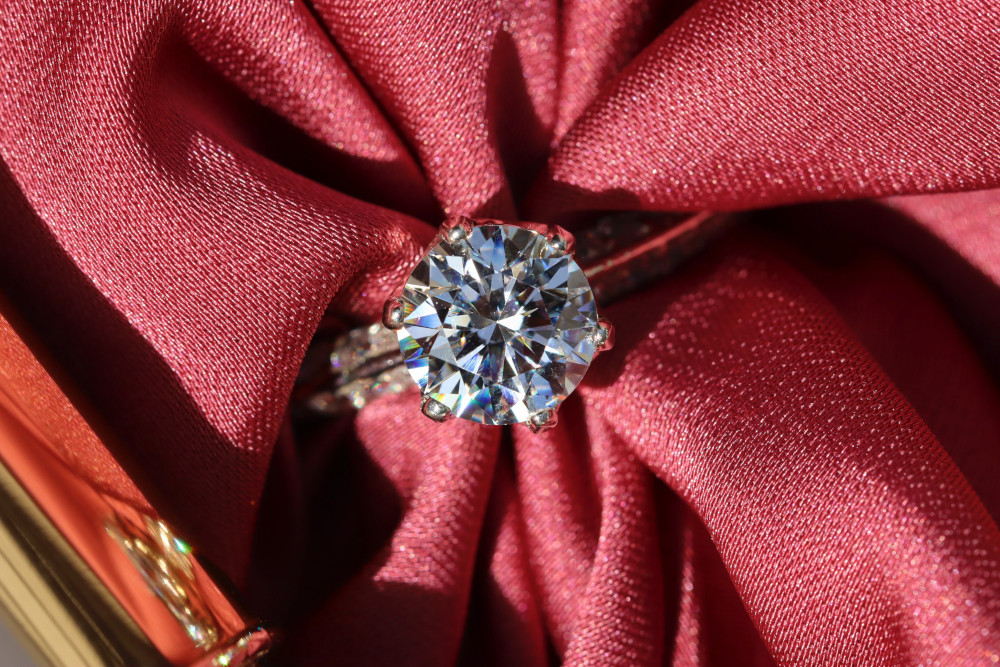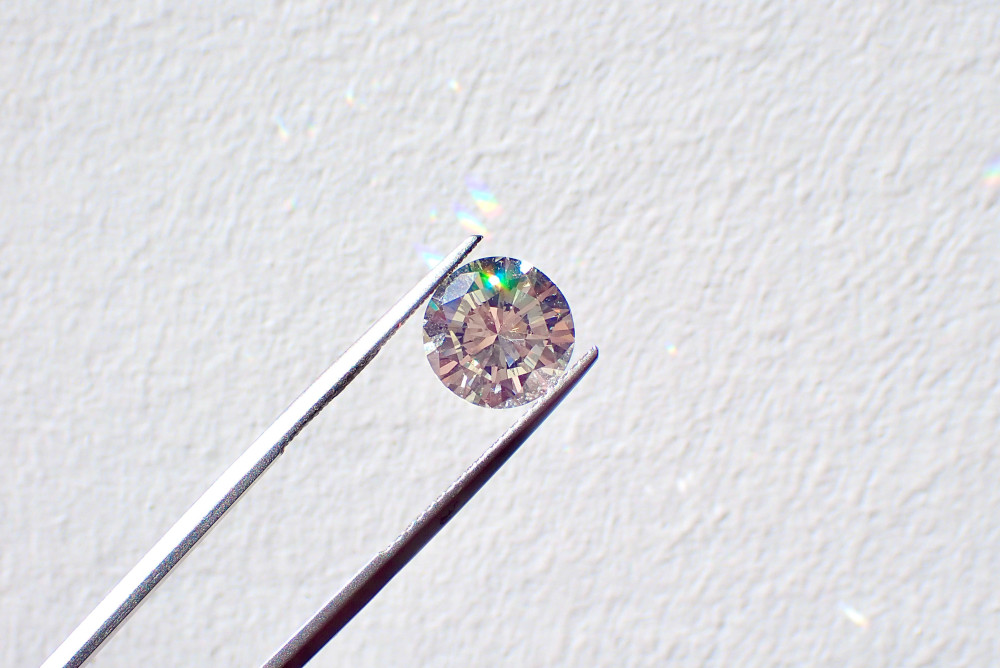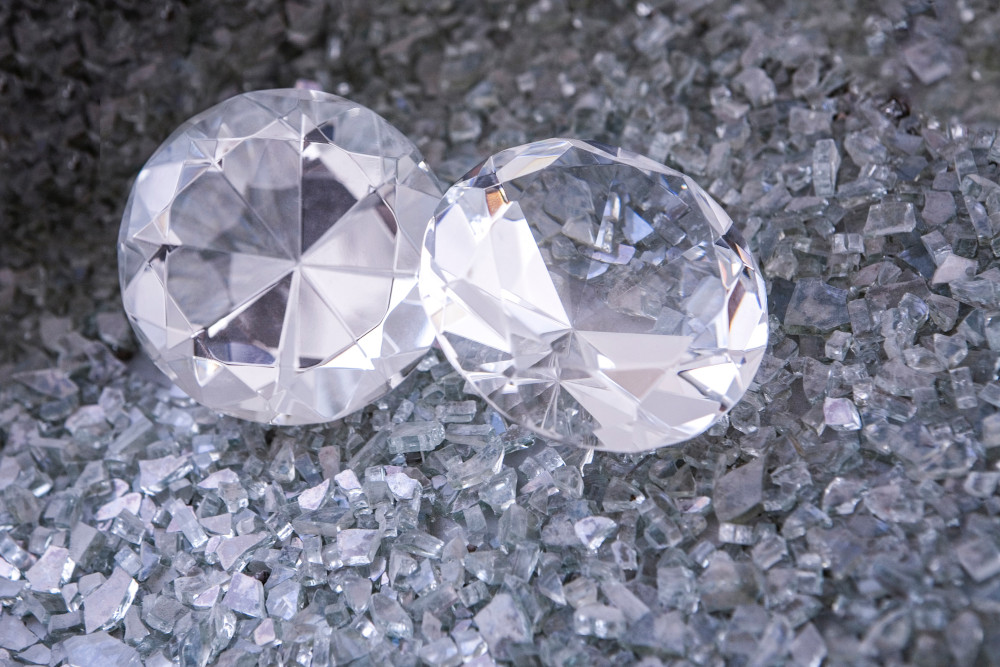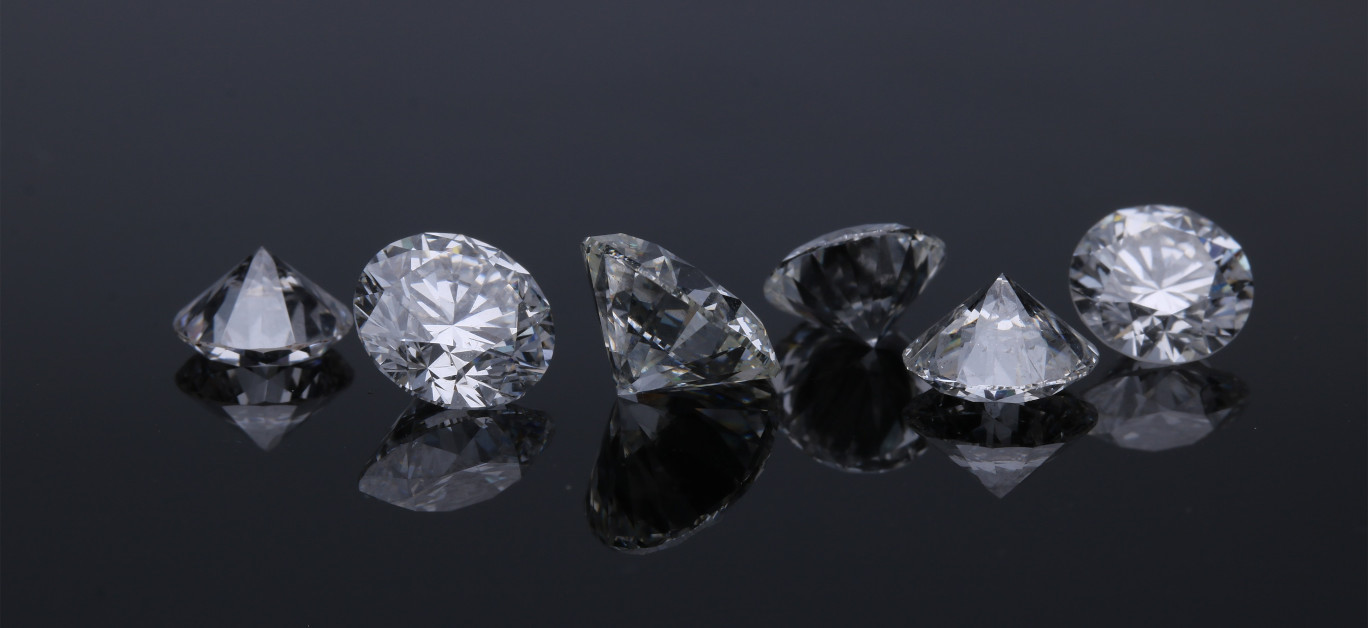Shopping for a diamond engagement ring? Then you will likely already be aware that the number of variables that distinguish one rock from the next can be a lot to think about. When shopping for diamonds, you should consider the four Cs: cut, clarity, colour and carat and be aware of the preferences of the receiver of said ring as well as what these words relate to when it comes to the gem.
Here, we’ll look at these four variables, and the difference they make to your diamond.
Cut

The ‘cut’ of the diamond describes its shape. Diamonds sold on jewellery and elsewhere aren’t typically the shape they are as they come out of the ground: they need to be shaped using very precise tools.
Some types of cut are more prestigious than others and have a considerable impact on the overall look of the diamond, and the way that light interacts with it. But not all cuts are equal, even if they aspire toward the same shape. The quality of a cut is graded by bodies like the Gemology Institute of America (GIA), which rates diamonds of a scale of one to five (one being poor, five being excellent).
Colour

The most expensive diamonds are extremely neutral in colour. These would be described as ‘brilliant white’, or ‘D’ on the GIA scale. At the other end of the diamond spectrum is ‘Z’, which is closer to yellow. This discolouration points to chemical impurities: things that aren’t carbon inside the diamond in small quantities. The ‘purer’ the diamond, the more transparent it will be, and the higher its value. Naturally, we tend to prefer purer diamonds, too – but if you don’t mind a little yellowness, you could feasibly save considerably.
Clarity

Similarly, we might consider the clarity of a diamond. If a diamond is crystal clear, then it might theoretically be almost invisible – were it not for things like reflection and refraction. A cloudy diamond is actually a diamond with lots of internal imperfections – tiny cracks and fissures which diffuse light through the middle of the stone. These imperfections have a technical name: inclusions. Sometimes, they’re visible to the naked eye – but not always.
The GIA rates clarity on a scale between Flawless (FL) and ‘Included’ (I3). There are eleven different levels, and it’s worth familiarising yourself with each of them.
Carat

The weight of the diamond is described in carats. The more diamond you’re buying, the more expensive it will be, all other variables being held equal. A metric ‘carat’ is 200 milligrams. It’s worth paying attention to the ‘threshold’ variables when it comes to carat, once you pass a psychologically significant threshold, like one carat, then you’ll see a significant increase in price. In other words, if you want the most diamond for your money, going for 0.99 carat diamond is worthwhile.






















